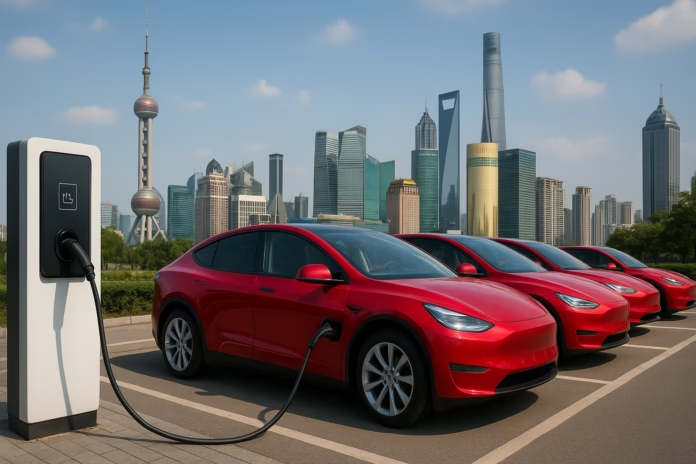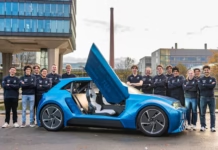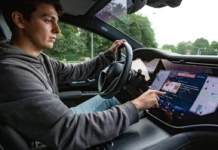The global automotive industry is experiencing a pivotal technological transformation, with China emerging as a dominant leader in key areas such as electric vehicle (EV) adoption, market share, and development speed. Roland Berger‘s latest Automotive Disruption Radar (ADR 14) highlights this shift, revealing China’s significant advancements in EV preference among consumers, infrastructure development, and rapid innovation cycles. This rise contrasts with challenges faced by Europe and the US, where innovations and consumer interests in new automotive technologies are slowing. The study underscores increasing regional divergence in automotive ecosystems, necessitating tailored strategies for different markets.
China’s Leadership in Electric Vehicle Technology
China’s automotive sector has surged ahead, boasting a 25% EV market share in new car sales, which is more than double that of Europe’s 12%. Consumer preference in China strongly favors electrified vehicles, with 95% of car buyers expressing interest in EVs. This enthusiasm is supported by a robust EV portfolio from original equipment manufacturers (OEMs) and extensive charging infrastructure. China’s rapid vehicle development cycles, ranging from 24 to 40 months compared to Europe’s 48 to 60 months, further bolster its competitive edge. These factors have positioned China at the forefront of the automotive transformation, not just in sales but also in innovation across autonomous driving and AI-enhanced mobility systems.
Challenges Facing Europe and the US Markets
Unlike China’s rapid growth, Europe’s EV market share has stagnated, and Germany, despite its strengths in patent activity and autonomous driving approvals, faces declining consumer interest in battery electric vehicles (BEVs). The German market saw a drop in buyers considering BEVs from 55% in 2021 to 45%. The US automotive market also slipped in ranking due to reduced enthusiasm for new technologies and shared mobility models fueled by political uncertainties and innovation slowdowns. While there is a renewed preference for private vehicle ownership in mature markets including the US, Germany, Japan, and China, this trend underlines the regional challenges and shifting consumer behaviors that OEMs must navigate.
Growing Regional Divergence and Its Impact
Increasingly, automotive markets are diverging sharply in technology standards, regulatory environments, and customer expectations. Roland Berger experts note that while complete decoupling of vehicle systems remains unlikely due to commercial imperatives, significant regional differentiation is unavoidable. This creates complexities for OEMs who must now adopt dual strategies to cater to the distinct demands of China and the rest of the world. Software capabilities, development speeds, and market-specific ecosystem adaptations are critical focal points. This regional split represents a major challenge as automakers strive to remain competitive on a global scale while responding to sharply different market realities.
Electric Vehicle Applications and Ecosystem Development
China’s dominance extends beyond vehicle sales into the broader EV ecosystem, including AI-powered driver assistance systems and well-developed charging infrastructure. The Chinese government and industry have heavily invested in supporting EV technology deployment, making electric mobility more accessible and attractive. This cohesive ecosystem is driving consumer acceptance and accelerating the transition to sustainable mobility. Other leading nations such as South Korea, the Netherlands, Norway, Sweden, and Singapore also show strong performance, but none match China’s comprehensive market presence and technological integration. This ecosystem approach highlights the critical role of infrastructure and connectivity in successful EV adoption.
The Future Strategic Outlook for Automakers
To remain viable in the evolving automotive landscape, OEMs must embrace strategic alliances and expand software expertise tailored to regional differences. Integration of divergent market standards in vehicle development will be essential. The ability to simultaneously manage two distinct systems—one focusing on China, and another on global markets—will define future competitiveness. This strategic bifurcation is a direct response to the decoupling trends and regulatory variances shaping global automotive disruption. Automation, digital sales channels, and shared mobility, though less embraced in some markets, remain important innovation areas for OEMs adapting to ongoing transformation.







